The Simpsons television series is one of the most powerful franchises in pop-culture history. Therefore, it was only a matter of time before the characters made their way to the pages of a comic book. Starting just a few years into the TV series' run, Simpsons Comics provided fans with even more hilarious high jinks to enjoy.
Aside from the main series of comics, Springfield's favorite family has also appeared in a plethora of other series including Bartman and Bart Simpson's Treehouse of Horrors. Combining the humor of the show with the over-the-top action of comics, Simpsons Comics never fails to leave readers in stitches.
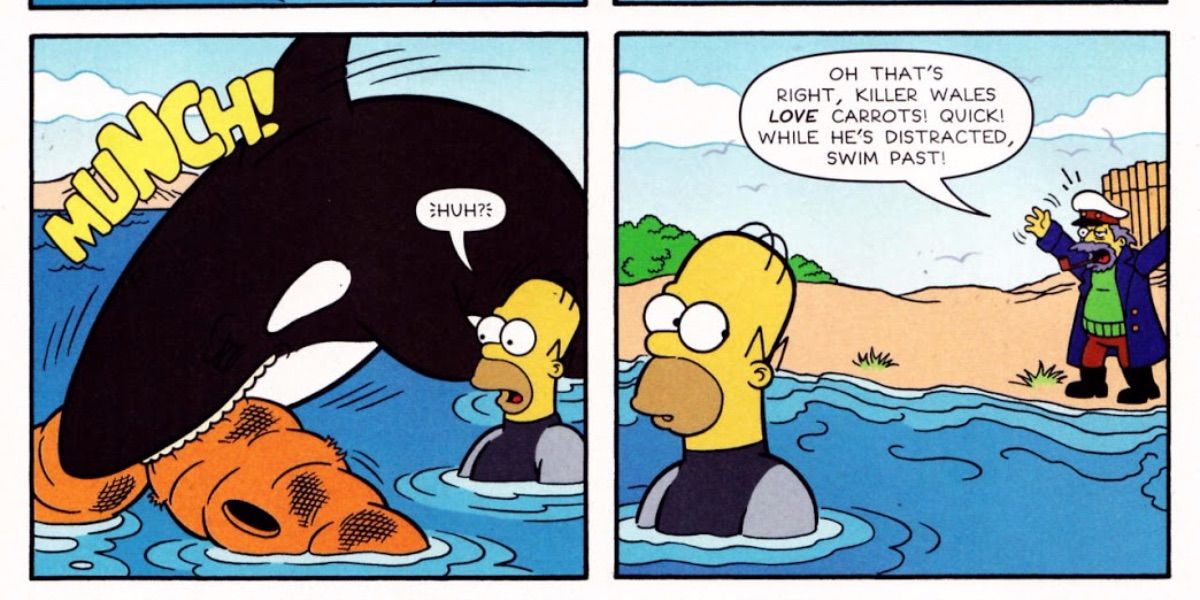
Like many of Homer's funniest episodes of the show, Homer would often bumble his way into situations in the comics to hilarious result. Issue #134 of Simpsons Comics sees Homer accidentally save Mr. Burns from drowning and he is thusly rewarded by his less than magnanimous boss. Homer is enlisted to swim across the Springfield channel to show that the ocean isn't polluted.
The hilarity of the issue comes from just how closely it resembles a classic episode of the show, including cut-away jokes and good amount of side characters. Coming well into the comic's run, issue #134 showed that the writers were still capable of capturing the classic Simpsons energy, even when the show was lacking.
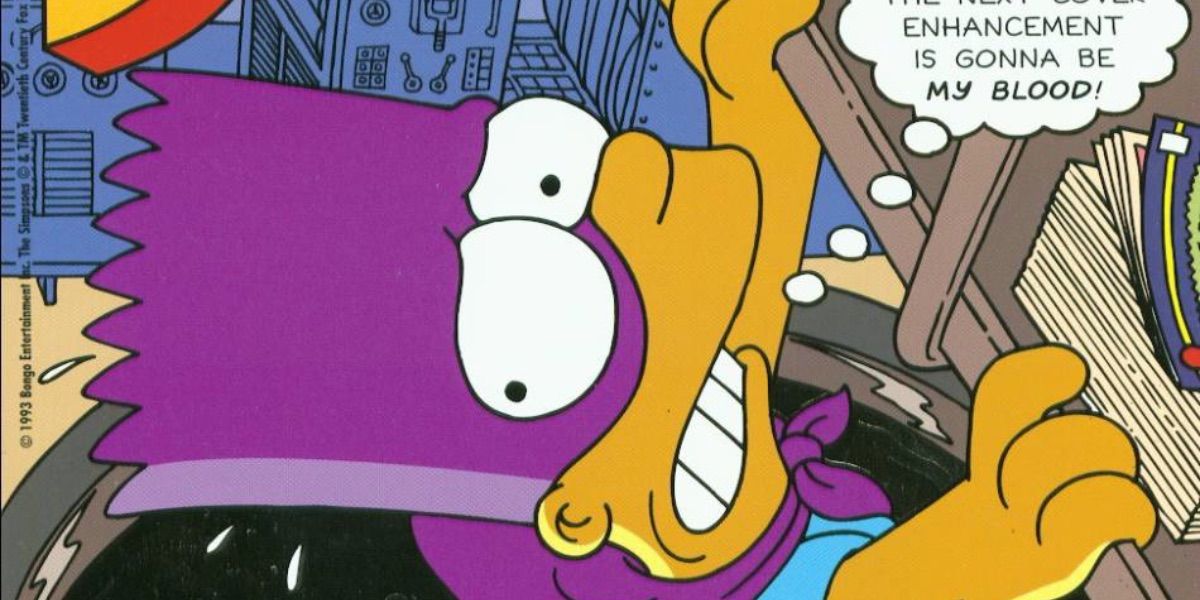
Drawing its inspiration from Bart Simpson's superhero alter-ego, Bartman was a woefully short-lived series that combined superhero action with the textbook Simpsons sense of humor. Bartman #1 follows the titular hero as he attempts to put a stop to a dastardly comic book scam that includes faking classic comics to sell to unsuspecting collectors.
Bartman was a perfect book for fans of both The Simpsons and comic books in general, and there is a fair amount of referential humor to comic book history. Issue #1 summed up the series well and captured a lot of the energy of Bartman from the show. While the caper he stops isn't life or death, it is still a fun facsimile of classic comic tales.
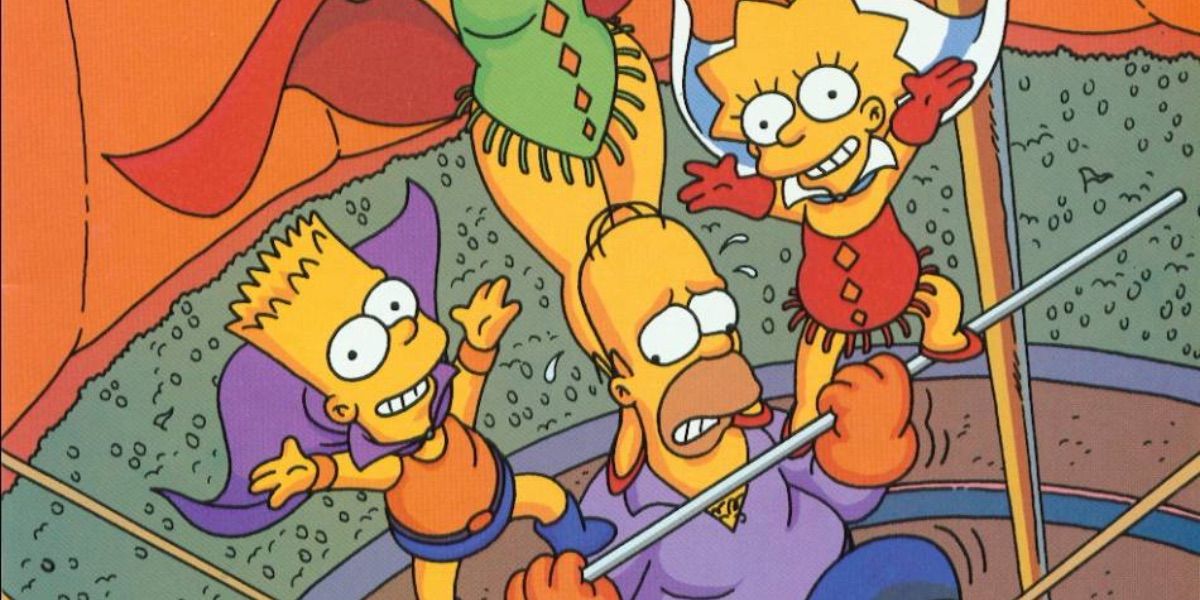
Early in the book's run, Simpsons Comics found clever ways to introduce new scenarios that fans hadn't seen in the show. Issue #7 finds the family attempting a pleasant family outing to the circus. However, due to Homer and Bart's ban from the big-top, it becomes necessary for the two to figure out a way to sneak into the tent.
Issue #7 is so funny because it feels a lot like an early episode of the show. As the show progressed, the stories became more complicated, but many aspects of the early seasons still hold up today because of their beautiful simplicity. Issue #7 also features classic character Troy McClure, who is gigging as the ringleader at the circus.
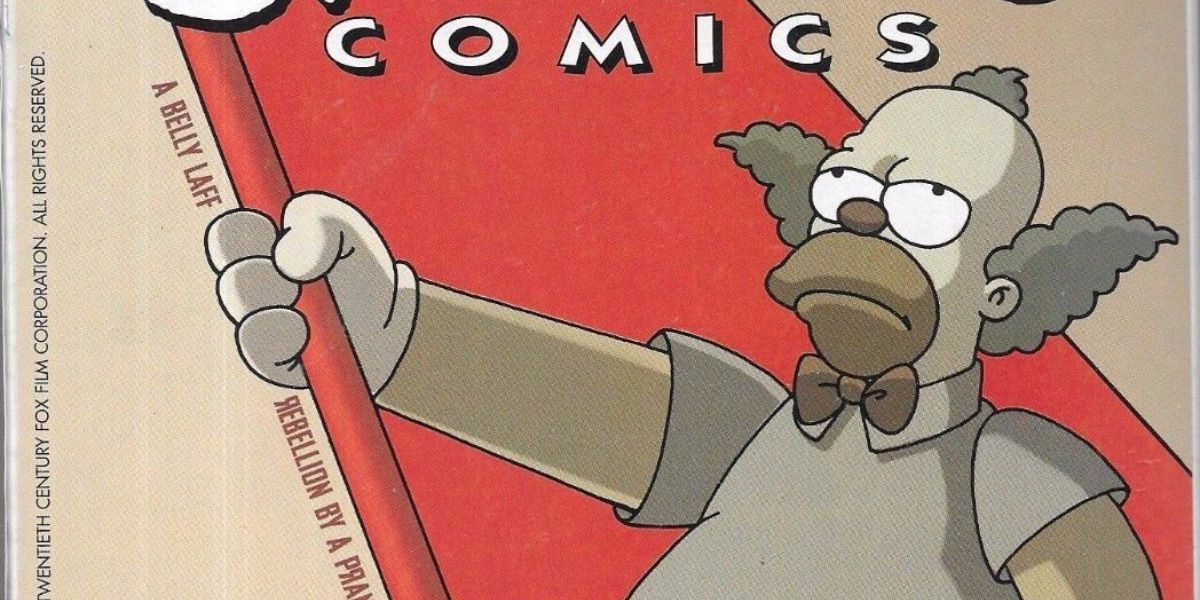
While most stories in Simpsons Comics focused on the main family, occasionally a side character would get their own book to shine. Issue #28 sees the lovably gross Krusty the Clown in desperate straits when he realizes he has to pay a lot of back taxes. Krusty turns to Bart on how to avoid paying and Bart suggests that Krusty start his own country.
For a silly comic book about The Simpsons, issue #28 is a hilarious political satire that rivals some of the best writing of the series. What also makes the book great is the narrative framing device that involves the story being told in retrospect by Krusty himself, through narration.
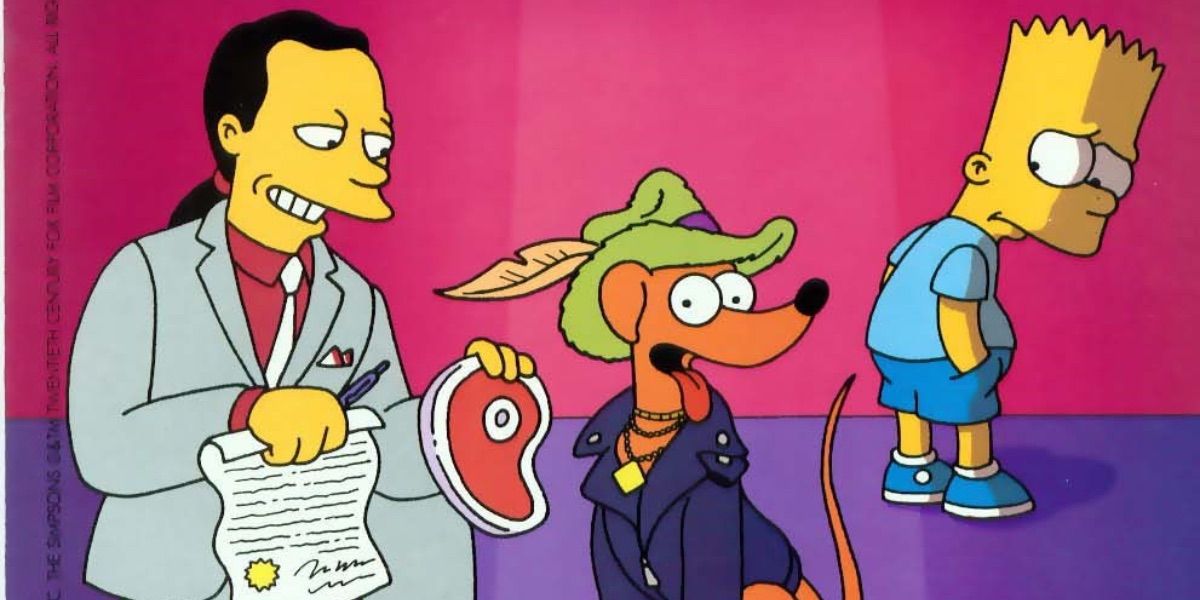
The comics allowed the writers to explore stories that feature minor characters that rarely draw any focus in the show. Issue #45 finds Bart entering Santa's Little Helper into a local pet search contest in order to make money. When Santa's Little Helper wins and become a television star, Bart begins to miss his friend.
In the show, Bart has become famous on multiple occasions and it was refreshing to see someone else rise to stardom for a change. In typical Simpsons fashion, the entire story is based on a misunderstanding, which makes the result all the more hilarious.
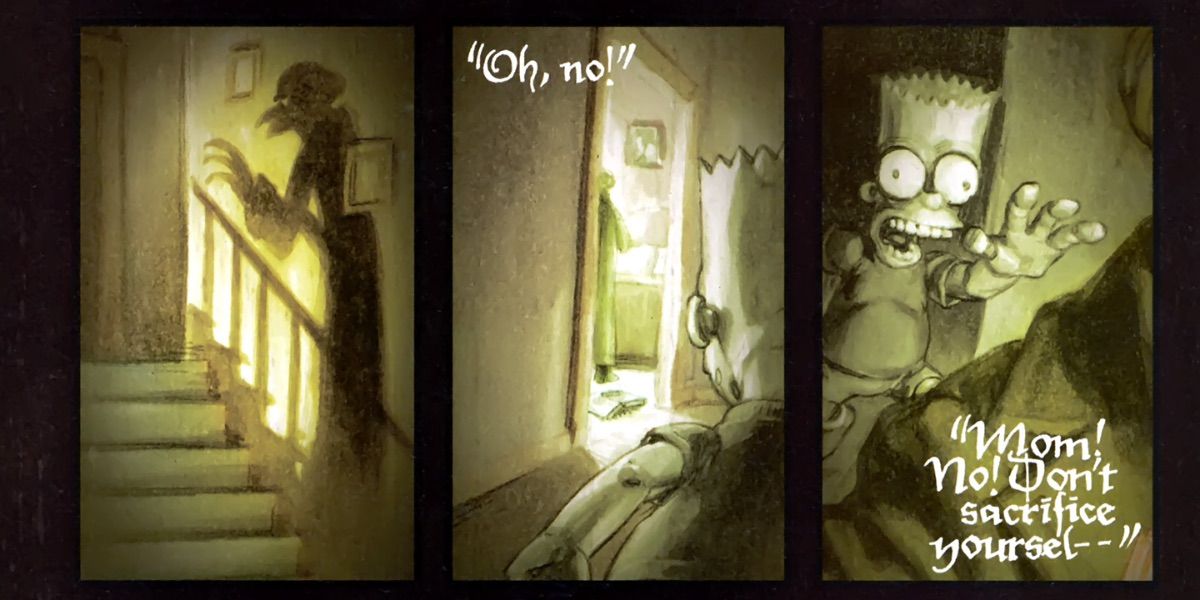
The annual "Treehouse of Horrors" episode is usually one of the best of each season and when it jumped to comic book form, the results were comedy gold. Bart Simpson's Treehouse of Horrors was an annual comic that presented its stories in the old-fashioned tradition of anthology horror comics like Tales From the Crypt.
Issue #17 featured a parody of the classic silent film Nosferatu, and cast the evil Mr. Burns in the role of the ghoulish vampire. The art style mimics the sepia toned look of the film and includes title cards to substitute dialogue. What's great about the story is that it is equal parts spooky and funny, and is quite faithful to the film that it is parodying.

The infinitely quotable villain Sideshow Bob has been making Bart's life a nightmare since the early seasons of the show. Issue #2 of Simpsons Comics finds Bart sent to prison through a "scared straight" program. When Bart attempts to escape he is sent on a work program with Sideshow Bob who escapes from custody with Bart chained to his ankle.
The comic's treatment of the Sideshow Bob character is perfectly in line with the series, and it is an excellent reminder of the quality of the early issues of Simpsons Comics. Packed full of humor, the issue also features a second hilarious tale to supplement the first.

Matt Groening is not only known as the creator of The Simpsons, but he also created the successful series Futurama as well. The Futurama/Simpsons Infinitely Secret Crossover Crisis sees worlds collide as the characters from Futurama accidentally find themselves landed in Springfield.
Not only is it hilarious to see the characters interact across different series, but the two part book is a side-splitting parody of epic comic crossover events. Never one to miss out on a chance to be tongue-in-cheek, the book pokes fun at comic books in general, while also featuring touching tributes to some of the medium's most important creators like Jack Kirby and Stan Lee.

The history of comic books is full of stories of ownership rights, and many creators have been treated poorly by the industry. Issue #13 of Simpsons Comics sees Bart and Milhouse dumbfounded when their comic book idea is stolen. Along the way, the two kids learn an important lesson about ownership and intellectual property.
What makes the book so funny is that it is a direct attack by comic creators on a system that has been abusive towards them. While the comic book industry is full of creative geniuses, few are ever as well known as they ideas they create. Interestingly, the characters from The Simpsons were also frequently bootlegged at the height of their popularity.

The debut issue of Simpsons Comics started with a bang, and presented one of the most over-the-top stories in Simpsons history. After an accident at the plant, Homer is transformed into a giant-sized version of himself who is bent on attacking Mr. Burn's newest property development.
Like something from a "Treehouse of Horrors" episode, the book feels like a parody of classic 1950s sci-fi films, and is also referential to comic characters like the Hulk. The funniest part of the story is how, even when he is gigantic, Homer still acts the same and spends most his time attacking Duff beer trucks and eating giant donuts.
Comments
Post a Comment